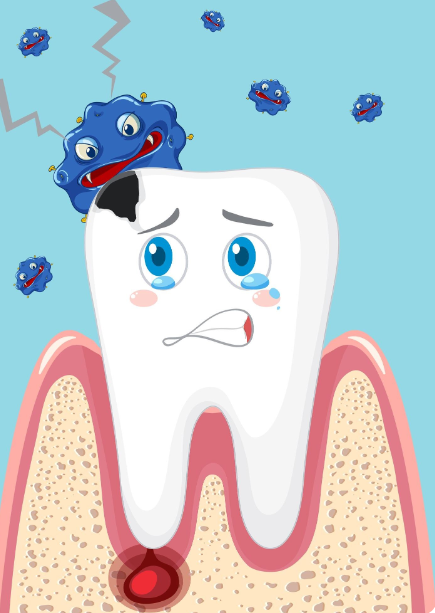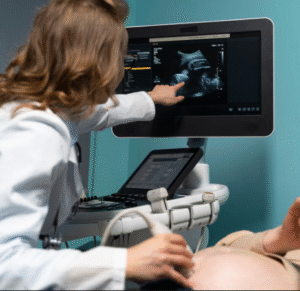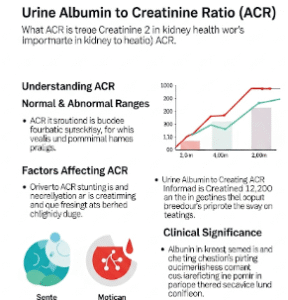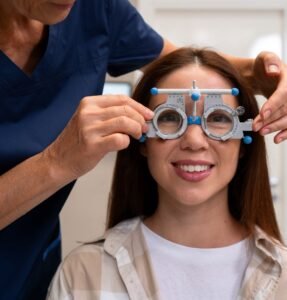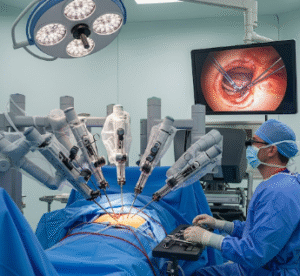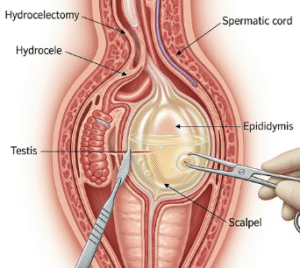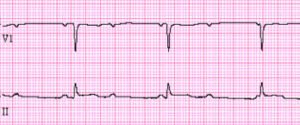Overview
Charcot-Marie-Tooth (CMT) disease is a hereditary neurological disorder that affects peripheral nerves, leading to muscle weakness, atrophy, and sensory loss, primarily in the feet, legs, hands, and arms. In Korea, specialized neurology and rehabilitation centers provide genetic testing, diagnostic evaluation, and multidisciplinary care for patients with CMT.
Symptoms
- Progressive muscle weakness in the lower legs and feet
- Foot deformities such as high arches (pes cavus) or hammertoes
- Difficulty walking, frequent tripping, or foot drop
- Muscle cramps or pain
- Numbness, tingling, or reduced sensation in extremities
- Weakness in hands and fingers in advanced stages
- Balance difficulties
Causes
- Genetic mutations affecting peripheral nerve structure or function
- Inherited in autosomal dominant, autosomal recessive, or X-linked patterns
- Specific mutations affect myelin sheath or axonal integrity
- Family history is common, but new mutations can occur
Risk Factors
- Having a parent, sibling, or close relative with CMT
- Early-onset symptoms in childhood or adolescence
- Certain genetic variants more prevalent in specific populations
- No known environmental risk factors; primarily hereditary
Diagnosis
In Korea, CMT is diagnosed using:
- Neurological examination to assess muscle strength, reflexes, and sensation
- Electromyography (EMG) and nerve conduction studies to evaluate nerve function
- Genetic testing to identify specific mutations
- Family history evaluation to determine inheritance patterns
- Imaging studies (MRI) in rare cases to assess muscle atrophy or nerve structure
Prevention
- No preventive measures exist due to its hereditary nature
- Genetic counseling for affected families to inform reproductive decisions
- Early diagnosis and management can reduce complications and improve quality of life
Treatment Options in Korea
- Medical and Symptomatic Management
- Physical therapy to maintain muscle strength and mobility
- Occupational therapy for hand function and daily activities
- Pain management for neuropathic symptoms
- Orthotic devices (ankle-foot orthoses) to improve walking and prevent falls
- Surgical Treatment
- Corrective surgery for foot deformities (e.g., high arches, hammertoes)
- Tendon transfer or joint procedures to improve function
- Supportive Care
- Multidisciplinary care involving neurologists, physiotherapists, and orthopedic specialists
- Patient education and lifestyle modifications to prevent injury
- Genetic counseling for family planning

